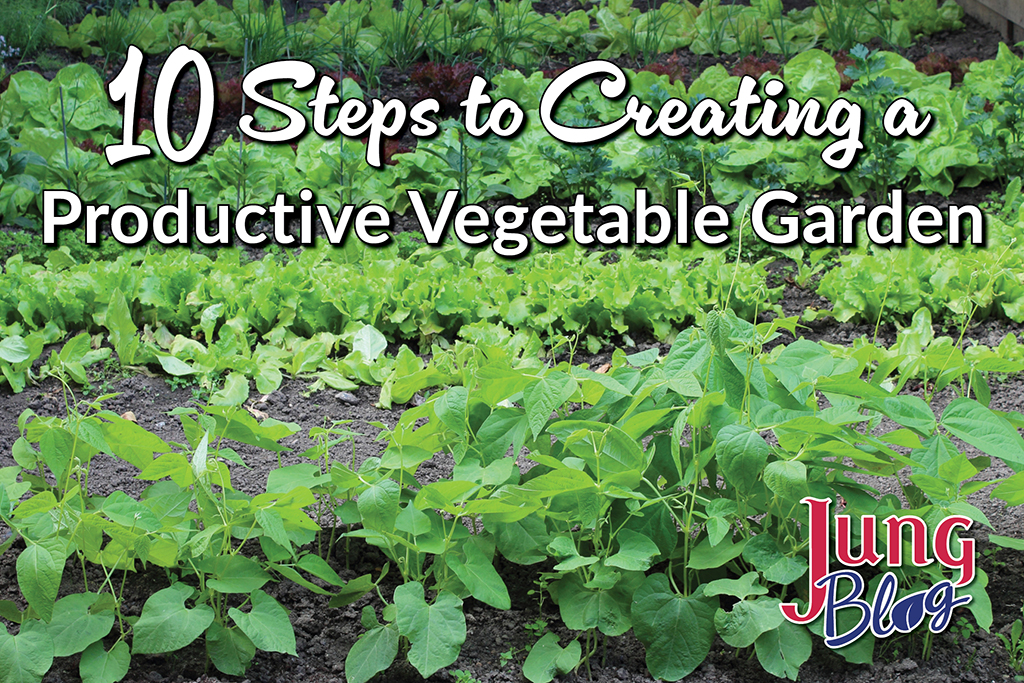
Do you want more control over where your food is coming from? Are you looking for a way to spend more time outdoors and get some exercise? Vegetable gardening is a fun and rewarding hobby that benefits your physical and mental well-being. Follow these 10 steps to create a garden that will provide your family with fresh produce you can enjoy all season long.
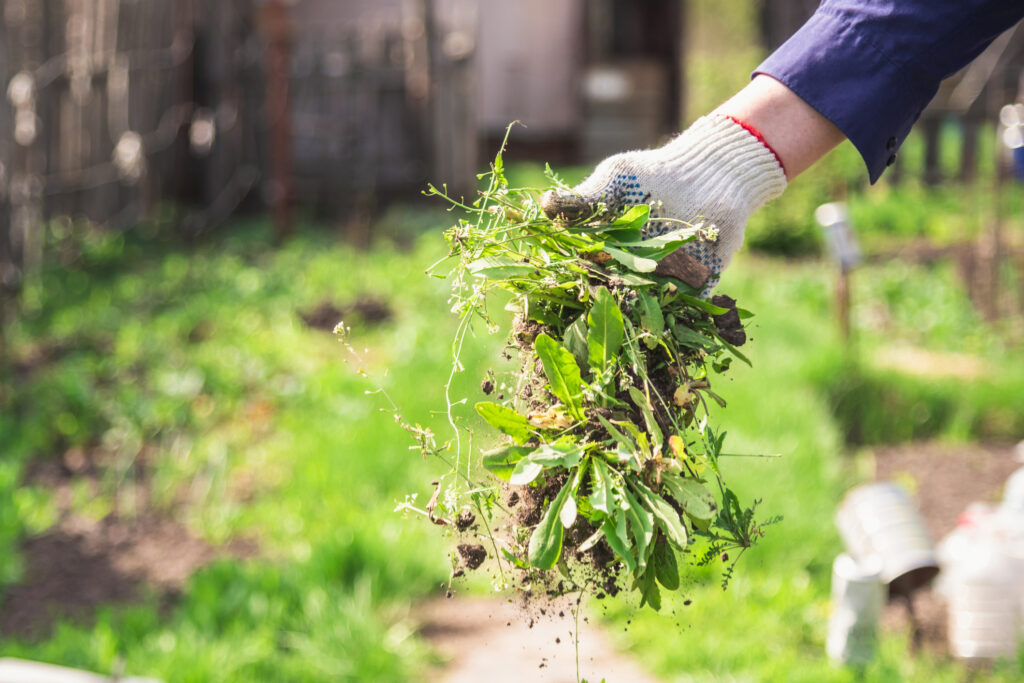
1. Start Small
If you are new to gardening, start small. Tasks such as planting, weeding, watering, disease control, and harvesting can quickly become overwhelming. Limiting the size of your garden and the number of crops you grow when you are just starting out will give you more time to experiment and enjoy your newfound hobby.
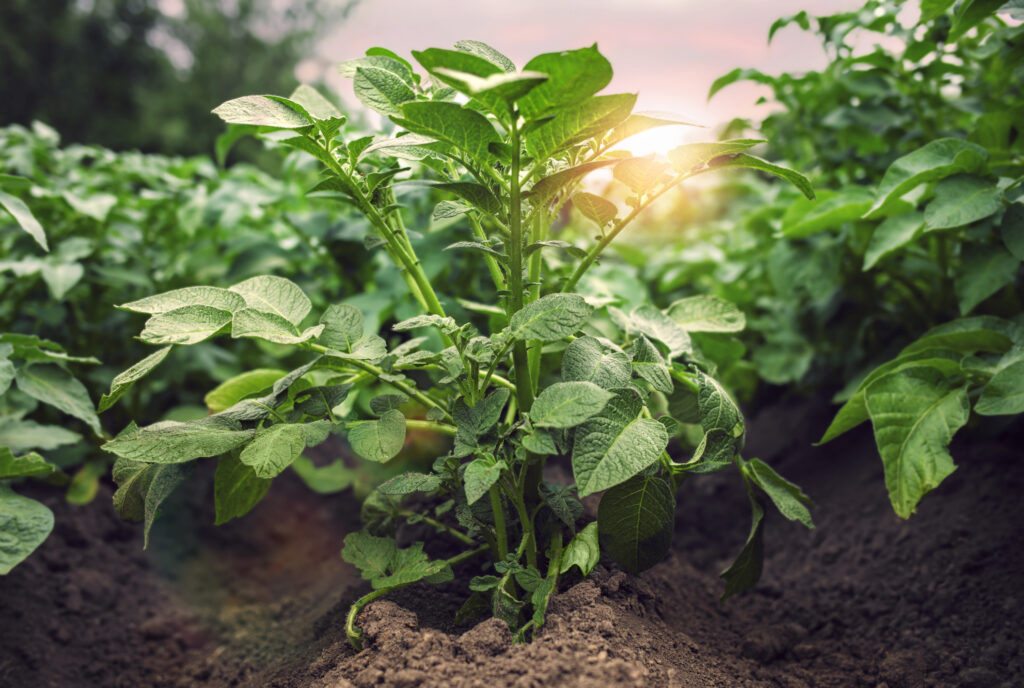
2. Choose the Right Location
Most vegetables prefer a sunny location, especially with morning sun, to help minimize fungal disease issues. Plant the rows in an east-west direction so taller vegetables can be planted behind shorter vegetables and won’t shade them out.
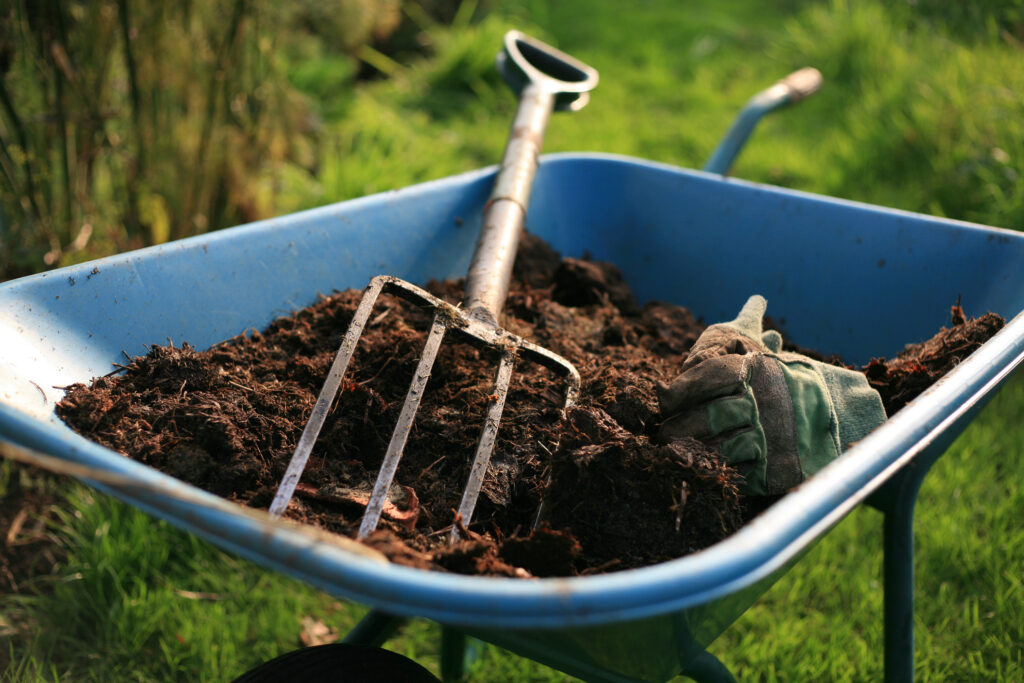
3. Care for Your Soil
Quality soil is key to creating a productive garden. Although silt loam soil is ideal, heavy clay soil can be amended by adding sand. All soil types benefit from organic matter, such as compost, to add texture and increase nutrient-holding capacity. In sandy soil, the organic matter also helps keep the soil from rapidly drying out. If your soil is very poor quality, consider raised bed gardening or container gardening.
Watch The Garden Doctor – Starting a Garden: Soil Types
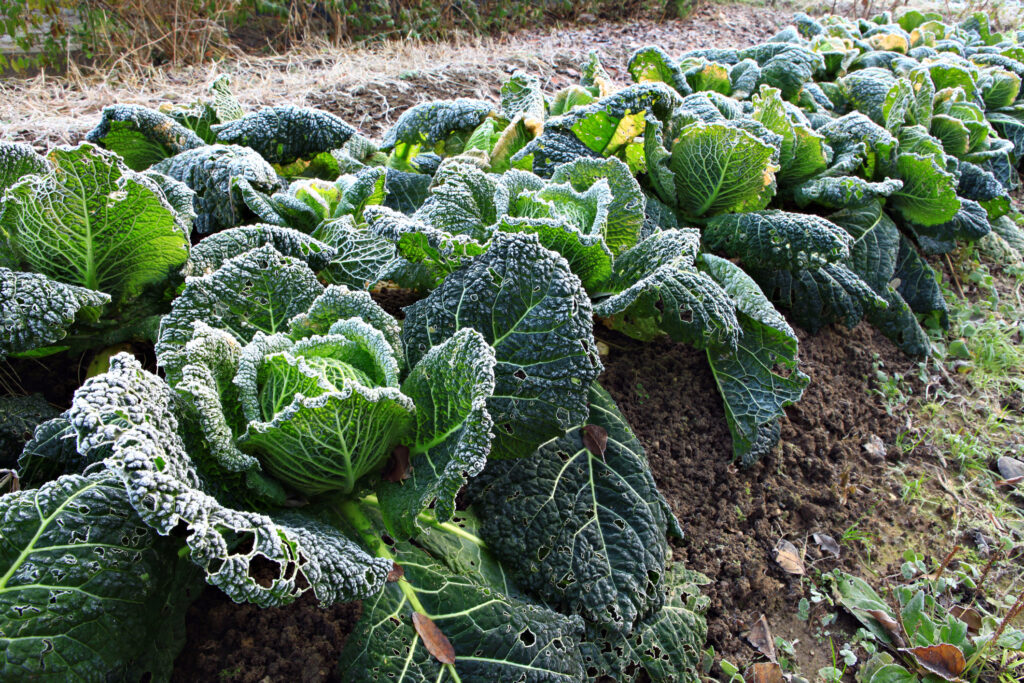
4. Understand Your Area’s Hardiness Zone & Last Frost Date
Use the USDA Plant Hardiness Zone Map to determine your area’s hardiness zone. Knowing the zone and your area’s last frost date will help you know when to plant different crops and which plants will survive your area’s low and high temperatures. Cool-season crops like broccoli, cabbage, carrots, lettuce, and radishes can handle late frosts and cold nights in early spring.
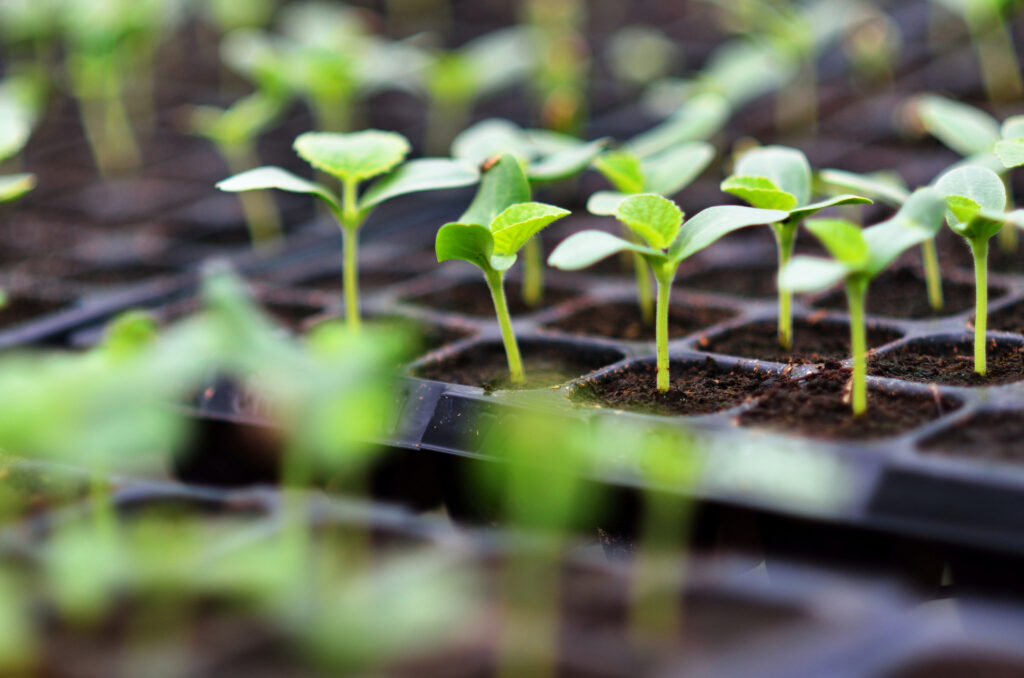
5. Select Suitable Plants & Seeds
Purchase seeds and plants from a local garden center or reputable online retailer when choosing what to include in your garden. Be mindful of plant hardiness zones and maturity dates so you choose varieties suitable for your area. Take note of seeds that need to be started indoors, such as tomatoes, peppers, onions, impatiens, petunias, and geraniums, and plan accordingly.
Watch The Garden Doctor – Maintaining Seed Quality
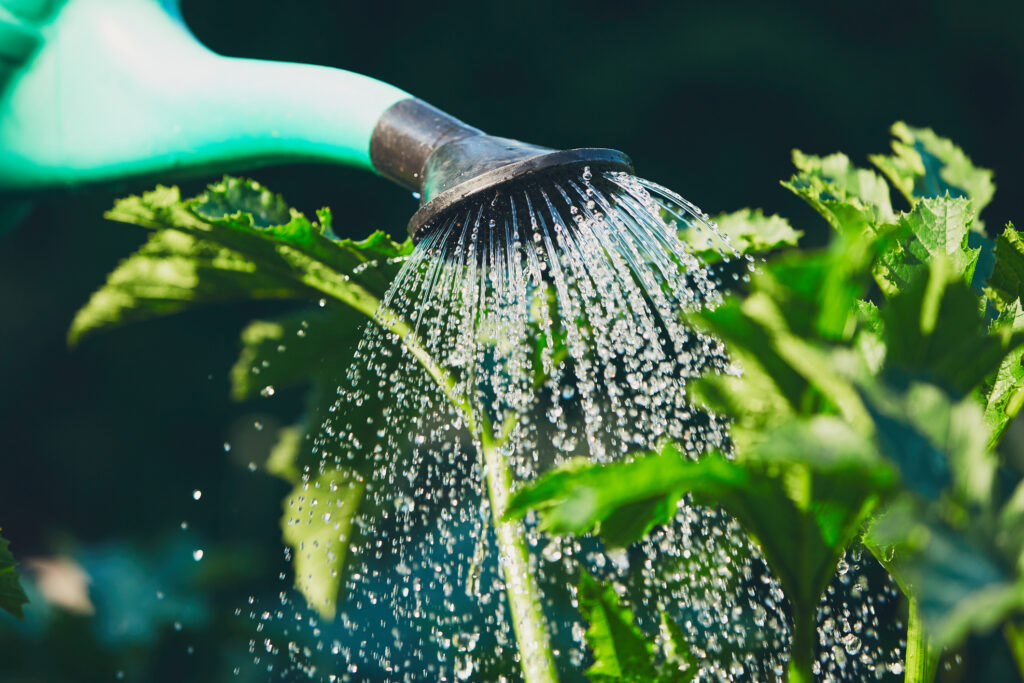
6. Remember to Water
Water is essential for plants to grow and mature, but too much water can be detrimental. Regardless of whether you use a watering can, garden hose, sprinkler, or trickle irrigation system, deep water so you don’t have to water every day, but not so much that the soil is always saturated. Placing a layer of mulch around plants is an effective way to maintain soil moisture in dry areas or when planting in sandy soil.
Watch The Garden Doctor – 3 Ways to Water Your Garden
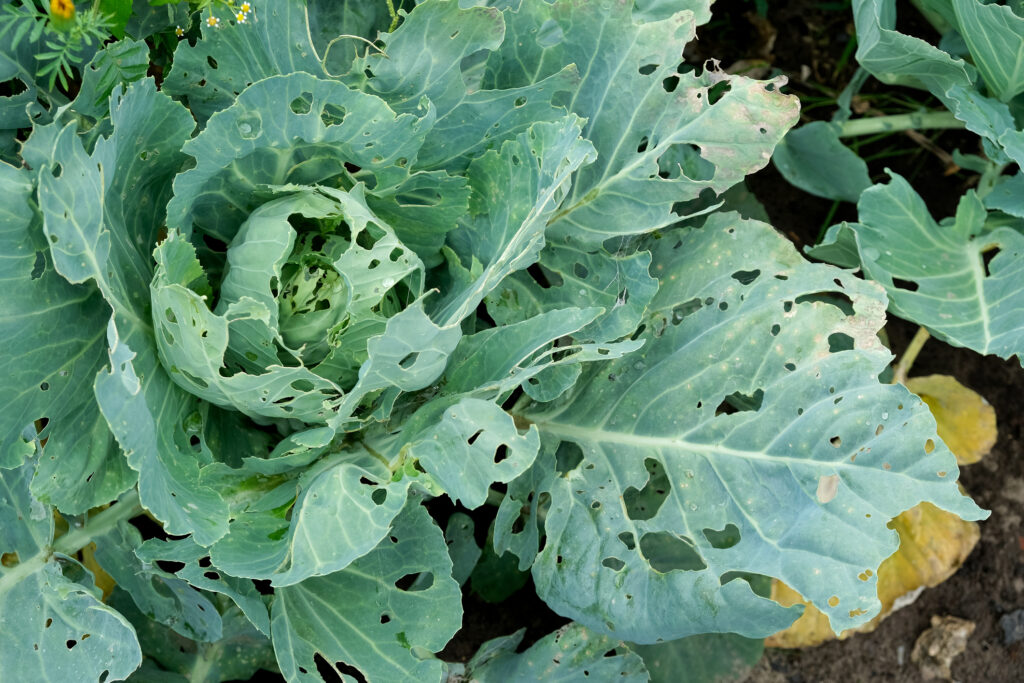
7. Monitor Your Plants for Pest & Disease Issues
Gardens require consistent attention during the growing season to identify pests and diseases. That way, when issues arise, they can promptly be addressed before they cause extensive plant damage. Local garden center experts and online resources are excellent tools to help with troubleshooting problems.
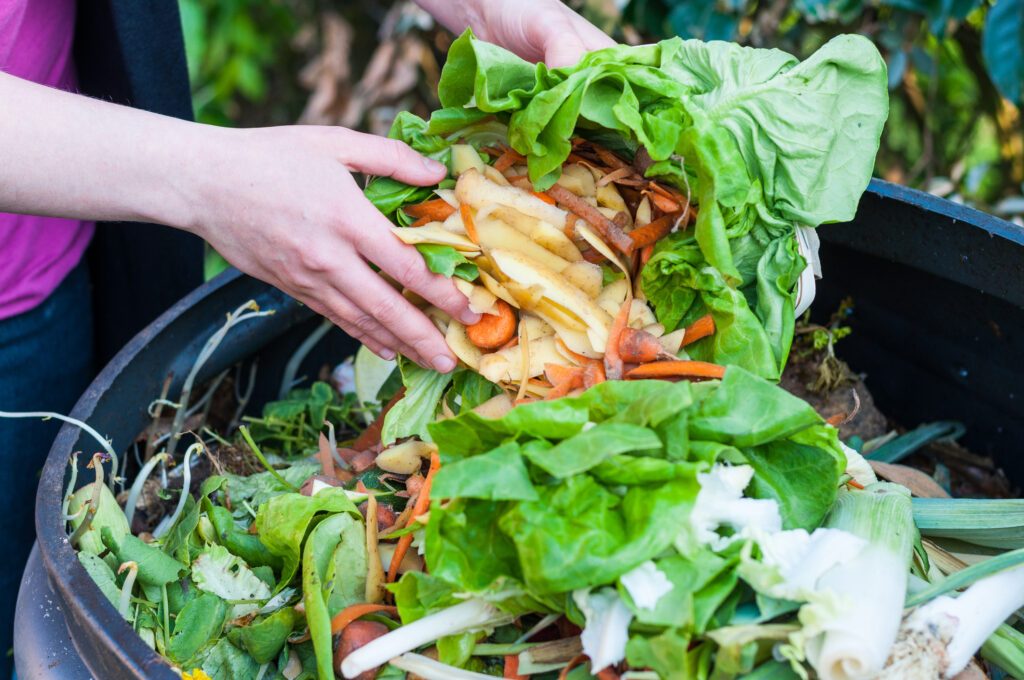
8. Compost Your Leaves & Kitchen Scraps
As mentioned earlier, compost is a great source of organic matter for gardens and flower beds. You can pretty easily construct a compost bin or purchase one from your local garden center. Kitchen scraps, grass clippings, and leaves make great compost.
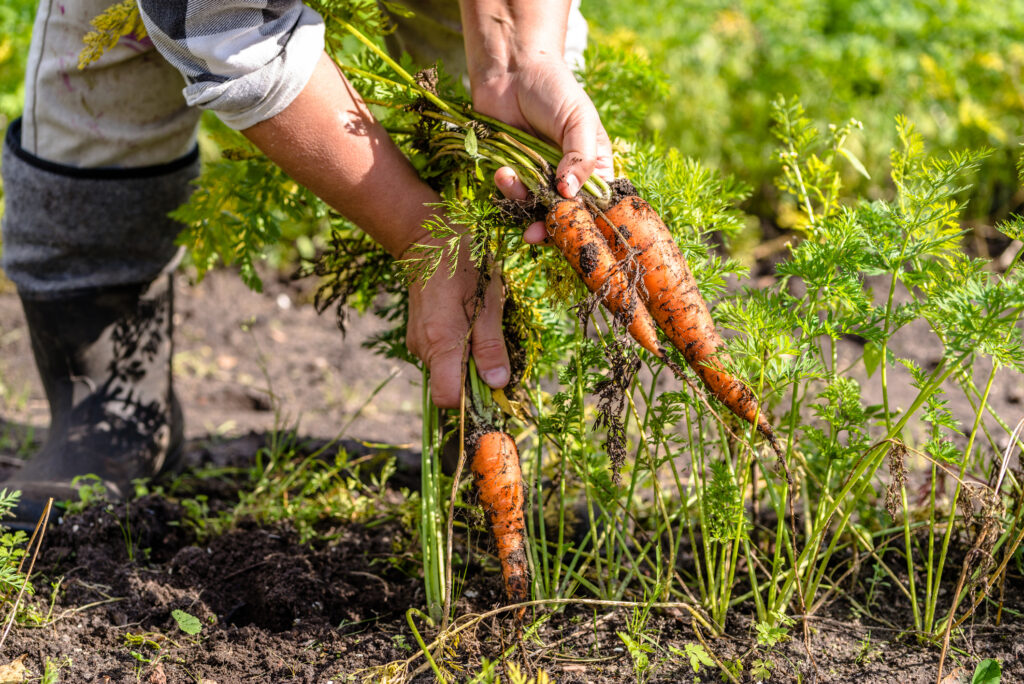
9. Harvest at the Correct Time
Monitor your garden plants closely during fruit development to ensure you harvest the fruits at peak quality. Harvesting too early or too late will affect flavor and storage capability. Succession planting can extend the harvest season of some crops.

10. Maintain a Plant Journal
Track pertinent data in a spreadsheet or journal to stay organized and improve your process from year to year. Record varieties planted, planting dates, transplanting dates, and whether plants reached maturity at the appropriate time during the growing season. Note successes and challenges so necessary adjustments can be made for the next growing season.
Follow these tips, and you will be on your way to harvesting fresh, homegrown produce right from your backyard. Happy gardening!
Other Reading Recommendations

- Spring Garden Planning: Landscaping & Vegetable Garden Tips
- Planning Your Garden
- 4 Tips for Improving Garden Soil
- Container Gardening For Beginners
- Cool-Season Crops: Growing Tips
- Controlling Common Vegetable Garden Pests
- Composting Basics for Beginners
- Easy Tips for Vegetable Harvest & Storage

At Jung Seed Co, we strive to be your go-to guide for all your gardening needs. Our YouTube channel The Garden Doctor by Dick Zondag is where he provides gardening tips for all levels of gardeners. When you need reliable gardening advice, turn to the trusted experts at Jung.
View our new catalog online or browse our website for your gardening favorites. To receive info on new products, exclusive deals, and specials, be sure to sign up for our weekly email. Join our Facebook page, to discuss all things gardening!
About The Author: Richard Zondag is a horticulturist, Master Gardener, and owner of Jung Seed Co., as well as the host of The Garden Doctor YouTube channel.